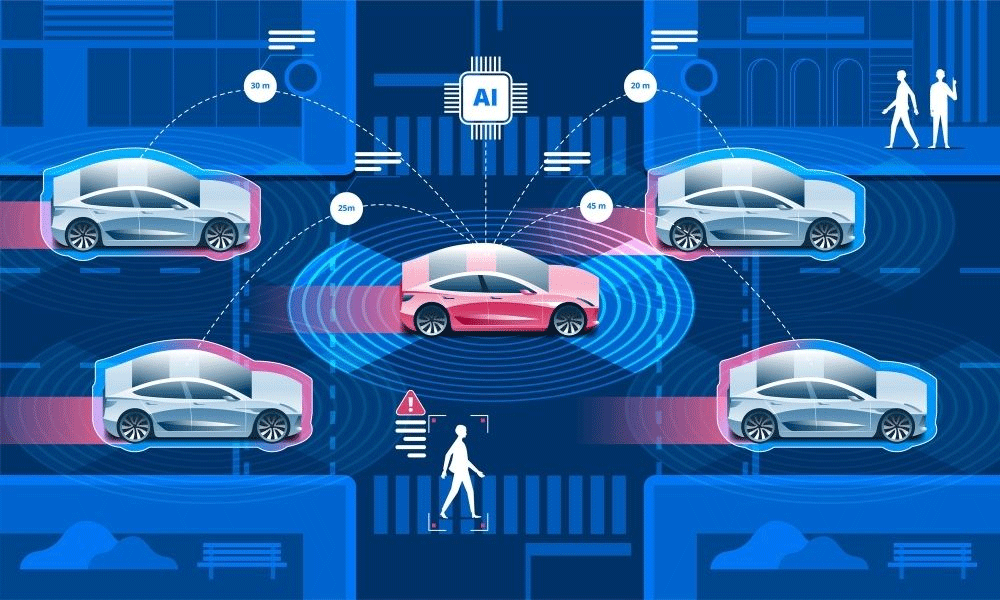How do autonomous cars recognize traffic signs? The safety of self-driving vehicles depends on a system of sensors and signage that’s up to standards.
Once upon a time, electric vehicles were far-off fantasy. Now that they’re a reality, we’re focused on the next automotive leap forward: the self-driving car. They’re already being tested on our roads, and several luxury brands already offer preliminary self-driving features. How do autonomous cars recognize traffic signs? The technology is a little complicated.
If all the roads in the world were held to the same standard, we might already have cars chauffeuring us without a driver. But inconsistency has slowed development. Roads have faded markings that are difficult for humans to see, much less robotic processes. And highway traffic signs vary from sun-bleached to ultra-retroreflective, depending on their age. The auto industry is responding with systems that combine these kinds of sensors.
Vision Sensors
A network of cameras with different capabilities can give autonomous cars a big picture of the road and its surroundings. 120-degree cameras, 360-degree cameras, fish-eye cameras—they all contribute data from different angles so the vehicle can make a safe decision. But vision sensors can’t see well in fog, through rain, or at night.
LiDAR
You’ve probably seen these gadgets on top of roaming Google cars. LiDar stands for “light detection and ranging,” and it uses light in the form of pulsing lasers to measure distance. The reflection of near-infrared light bounces off objects as the LiDar scans in 360 degrees.
Ultrasound
You won’t be able to hear it because it’s too high-pitched, but ultrasound sensors loudly ping their surroundings. They measure the time it takes for the signal to return to judge distance. Tesla’s ultrasonic sensors can already “see” more than 300 miles.
Radar
This sensor uses reflected radio waves to sense surrounding objects. Recent advances in this technology can improve how self-driving cars react in low-visibility situations such as fog, dust, snow, and rain. Radar only paints a partial picture, though, and needs the other kinds of sensors to round out information.
But how can autonomous cars recognize traffic signs when their condition varies from faded and bent to brand-new and bright? Autonomous vehicles have to see better than humans can for passengers to safely ride in them. For cars to “see” traffic warnings, municipalities need to replace old signs with newer versions that have increased retroreflectivity and visibility. They also need to maintain the signs, because self-driving cars can get confused by symbols and numbers that are obscured by graffiti, bird droppings, and grime.
Most car accidents are due to human error, so self-driving vehicles could usher in a new era of safer transportation. And updated highway traffic signs are an essential part of making that happen. At Custom Products Corporation, we carry the latest, brightest, and best materials for signs that drivers—and autonomous technology—can’t miss. Contact us for more information.





